 |
 |
 |
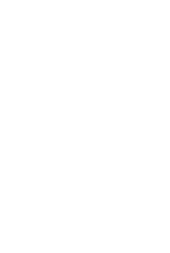
|
Alan Jaras: Refractograph
|
|
 |
WITHIN LIGHT / INSIDE GLASS
-an intersection between art and science
8/2/2015-19/4/2015
Light, glass and their interaction from an artistic and scientific point of view are the theme of the exhibition conceived and promoted by Vicarte, the research unit “Glass and Ceramics for the Arts” based in the campus of the Faculty of Sciences and Technology of the Universidade Nova de Lisboa.
|

|
Posted 2 January 2015
|
Share this:
|
|
The event is organized in Venice on the occasion of the International Year of Light 2015 from February 8th to April 19th, in collaboration with the Istituto Veneto di Scienze, Lettere ed Arti.
|
|
|
|
|

|

|

|
Using neon or natural light, borosilicate glass for micro or macro sculptures, old Murano techniques or new technologies, photography, painting and drawing, transparency and luminescence, Teresa Almeida, Mika Aoki, Enrico Tommaso De Paris, Armanda Duarte, Veronica Green, Alan Jaras, Anna-Lea Kopperi, Richard Meitner, Éric Michel, Diogo Navarro, Fernando Quintas, Silvano Rubino, Elisabeth Scherffig, Cesare Toffolo and Robert Wiley will animate the spaces of Istituto Veneto with interesting experimentations.
|
|
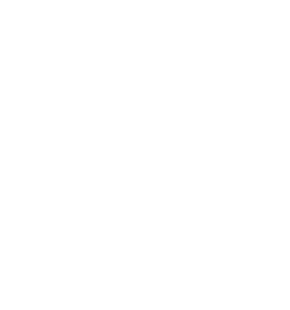
|
|
|
|
|
|
|
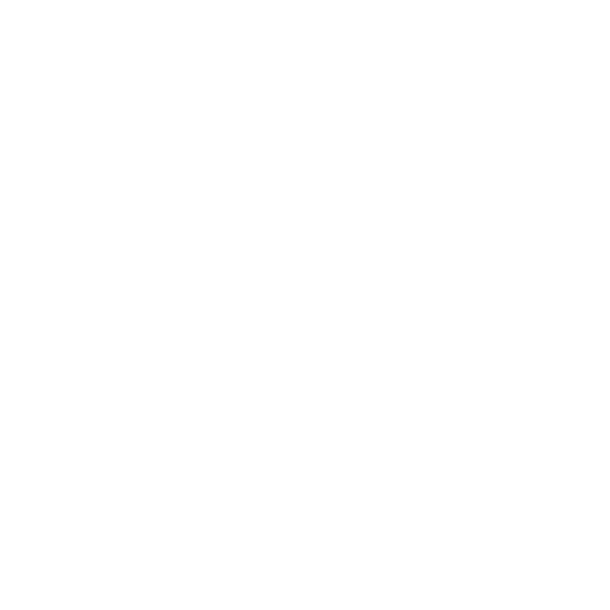
Former work Mika Aoki, Fluctuation of life, 2010. In the exposition a site specific installation will be shown
|
|
|
|
|
|
|
The project is coordinated by António Pires de Matos, Isabel Silveira Godinho and Andreia Ruivo of Vicarte.
Light and indirectly also vision, have always fascinated philosophers, physicists and artists alike. Light understood as both a physical entity with wave and particle duality, or as a sacred and transcendental entity, has always been central to our ability to grasp Reality in both its concrete and spiritual respects.
Metaphorically light representsThe Beginning, but also Knowledge as opposed to the darkness of ignorance. Light is both related to- and opposed to non-existence, just as white exists on the basis of its relationship to its opposite, black. But what are white and black really?
And why are we able to perceive colors? The electromagnetic spectrum of white has
all the possible frequencies related to the range of colours visible to the human eye.
Contrariwise, black is the absorption of all frequencies. Today we know that reality
is revealed to us through our eyes as the result of the interaction of light and matter, i.e. the relationship between them is the basis of our visual perception. Because of reflection and absorption, we can see things and experience colours.
|
|

|

|

|
Vicarte (Lisbon) The research unit is a partnership between the Faculty of Sciences and Technology of the Universidade Nova de Lisboa and the Faculty of Fine Arts of the Universidade de Lisboa. The research at Vicarte connects the present with the past, developing new materials for glass and ceramics, and for contemporary art.
In addition, traditional and historical production practices are researched, and new theoretical and practical approaches to art are being studied and developed.
Istituto Veneto di Scienze, Lettere ed Arti (Venice) is an Academy with the goals of developing and diffusing science, humanities, and art, and to promote and directly support scientific research. The Istituto collaborates with Academies, Universities,
Schools of Higher Studies and Research Centres on both the national and the international level. The project “Glass in Venice” promoted artistic glass in the Murano tradition, as well as work of contemporary artists exploring new techniques.
|
|
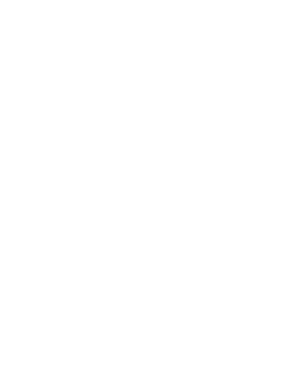
Fernando Quintas: UV detail
|
|
|
|
|

|

|

|
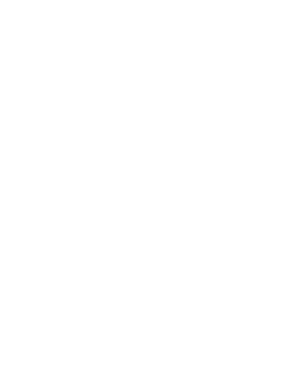
Mika Aoki, detail Her Song
|
|
Glass can absorb, transmit, reflect, and refract light, and it can also multiply or distort
our vision. Glass is a membrane, a border, which can conceal and protect, a diaphragm between the external world and the internal world, between closed and open space.
It has the ability to limit the passage of air or any other material, but at the same time,
it allows light to pass freely through it. Because of these properties glass was considered a magical material in the Middle Ages, linking the visible and the invisible, earthly reality and the divine.
|
|
|
|
|
|
|
Participating artists
Teresa Almeida / Portugal
She is a young artist and designer interested in exploring the link between art and
technology. She is currently working with luminescent glass, reconstituting aesthetic
forms whose point of departure is environmental destruction. Her main interests are
technology, handicrafts, ecology, sustainability and design for empowerment and social innovation.
|
|
|
|
Armanda Duarte / Portugal
The artistic universe of Armanda Duarte is everyday life. Her works, always small and
discrete from the point of view of dimension and vision, are small stories, fragments
of seemingly insignificant reality. The quiet materials are her favourites, because with
their low profile they avoid the kind of ostentation that she hates in her works of art.
|
|
Veronica Green / New Zealand
|
|
Alan Jaras / Great Britain
|
|
|
|
Anna-Lea Kopperi / Finland
Anna-Lea Kopperi is a conceptual artist known because for her interactive and
environmental works, installations and public sculptures, which lead us to consider the environmental, architectural and social aspects of the places in which they become
situated. Her ephemeral and site-specific projects use subjective perceptions in
order to pose existential questions. She often employs mirror fragments set in very
specific ways to reflect the surroundings and refract light creating a surreal, spiritually
evocative atmosphere.
|
|
Richard Meitner / Netherlands
|
|
|
|
Diogo Navarro / Portugal
He is an artist especially interested in expressing the pictorial potential of different
materials. His works on canvas or wood are made of an assemblage of materials
in which light frequently is the main actor. Clusters of painting explode like flashes,
metal and glass reflecting the external light, which then becomes part of the work
of art.
Fernando Quintas / Portugal
He is interested in the connection between painting and tri-dimensionality.
In his works, quite frequently sculptures in glass, he plays with colours and with
light to create a short circuit between volume and surface. The dialogue between
architecture and the environment is a recurring element in his work.
Silvano Rubino / Italy
His artistic activity includes photography, video and sculpture. His interest is focussed
on the activation of space and the relationship between the environment and
the viewer, between the work and the public; quite often returning to form studies,
studies of light and equally to the exploration of words. The material he usually uses
for his sculptural works is glass, worked by the skilful hands of the Murano artisans,
is deprived of most of its traditional qualities (luminosity and transparency)
and acquires a more ambiguous, deceptive nature.
|
|
Elisabeth Scherffig / Germany
|
|
Enrico Tommaso De Paris / Italy
|
|
|
|
Cesare Toffolo / Italy
He is a Master of glass and artist who is renowned for the creative ability he applies
to the development of new techniques for lampworking. His manual virtuosity and
mastery of glass allow him to make very complex works of art in which the human
figure is always present, even if it has a secondary role with respect to the architectural foundation which surrounds and overpowers it. He began some years ago working with luminescent glass to make works in dialogue with science.
Robert Wiley / USA
Robert Wiley’s research is currently focused on study of the nature of creativity, and
points of approach and divergence between art and science. Understanding the deeper
mechanisms of creative thought (artistic and scientific) is the most important element
of his work, often works in glass, in which the material acquires a symbolic role.
His artistic practice emerges from exercise and meditation, leading him to create
works that span the gap between analytical thought and poetry.
|
|
|
|
|
|
|


